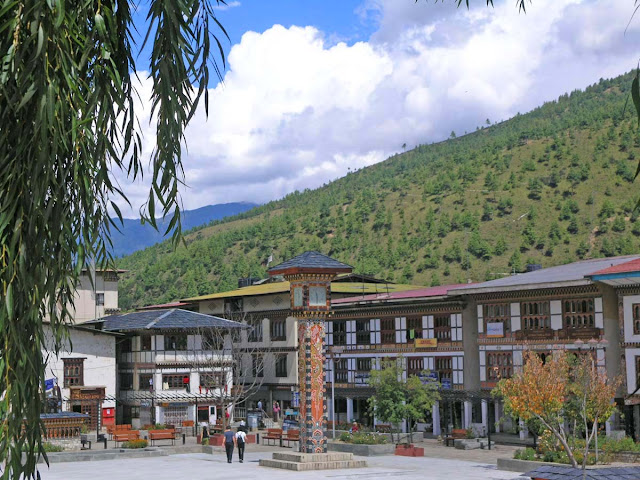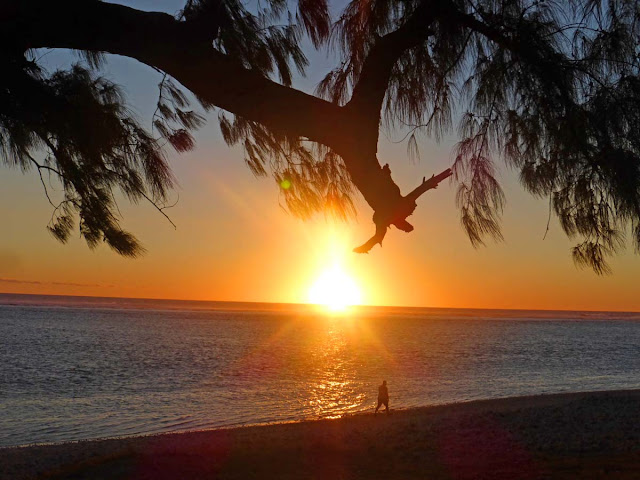Samarkand ©Solange Hando
One of the oldest cities on the Silk Road, Samarkand enjoyed a new golden age in the 14th century, when the great conqueror Timur made it his capital, in stunning Islamic style. Later destroyed in troubled times, it was restored in modern days and remains the unmissable attraction in Uzbekistan.
Three madrassas (religious schools), mosques topped with minarets and domes, archways, glistening tiles, flowers everywhere and no traffic on the main square, it's a popular place for wedding or honeymoon photos. Most inspiring for worshippers and visitors alike is the gold-covered Tilla-Kari.
Istanbul ©Solange Hando
Spreading either side of the Bosphorus, this is a city of two continents, Asia to the east, Europe to the west bustling with palaces and mosques, fountains and leafy squares. Best views of the city and waterways are from the impressive Topkapi Palace rising on the hilltop above the Bosphorus and Golden Horn confluence.
Browse the Grand Bazaar, one the world's largest, see the iconic double-decked Galata bridge and cruise on the Bosphorus, linking the Med. to the Black Sea, past scenic bays, summer palaces and villas and the old fortress guarding the narrowest point.
Marrakech ©Solange Hando
Set between the Atlantic and the Sahara, it's the most enticing place in Morocco, high in colour with its tree-lined boulevards and meandering lanes where you may well lose your way. See palaces and mosques, city walls, storks rattling on the old fort and the legendary souks where so many artisans display genuine crafts.
The adjoining Djema el Fna square (above) is for fresh citrus juice, figs, nuts and more in the day but come darkness, this is the heart of town. Musicians, acrobats, dancers, snake charmers, fortune tellers, water sellers, the 'free' show is on every night and if you dare, you can dine local style under the stars. Meanwhile the Koutoubia glows above it all, its slender minaret the unforgettable landmark of Marrakech.
Fringed by the foaming Atlantic, Cape Town is full of contrast from modern and colonial buildings to breezy avenues or colourful alleyways. Most popular is the bustling Victoria & Alfred Waterfront, restaurants, shops and harbour tinkling with fishing and pleasure boats. Just a short walk away the Sea Point promenade has gorgeous views and plenty of fresh air.
But wherever you are, the dark Table Mountain draws your gaze, rising over 1000 metres. It's a challenging climb to the top or you can queue for the cable car with revolving platform. Up there the panorama stretches from city and harbour to Robben Island (where Mandela was detained) and coastal peaks all the way to Cape peninsula. Allow plenty of time for the views then explore the quiet trails all around, rich in fauna and flora.
In this multicultural city, the centre is easy to explore on foot as it is generally set on grid pattern. In complete contrast to new buildings and city hall, the old town has historic buildings, including the old city hall with 'Big Ben' like tower. The slender CNN tower (553 metres) is the most iconic landmark with breath taking views over the city and Lake Ontario dotted with lush islands.
Cruising on the lake is a lovely way to relax but save time if you can for the Niagara Falls, roughly 1.5 hour drive, and a day trip you won't forget. Toronto is also the place where you can board the Canadian rail all the way to Vancouver.
Cuzco in Peru ©Solange Hando
At 3400 metres up in the Andes, I soon learnt to beware of the altitude and take it easy on the first day or two. No problem, the central square is so colourful you can just sit and watch, from the brightly dressed local women to the glowing colonial churches, the fountain, the pretty balconies and nearby arcades where tea shops recommend cocoa tea (within reason), to cope with altitude.
There are plenty of historic and sacred sites in town, blessed by the large statue of Christ on the panoramic hilltop. Mountains rise all around, fertile valleys below, while just along the trail the Inca ruins of Sacsayhuaman display some of the largest stones ever discovered on such a site.
If you fly to Bhutan, this is where you land on a challenging but accessible runway (road only to capital). Dotted with Buddhist temples, this pretty town has traditional architecture, lots of prayer wheels and flags and a magnificent dzong (fortified monastery) reached by a covered wooden bridge across the river. Boutiques and pastry shops are popping up but the local market remains authentic.
Just out of town is the kingdom's most sacred site, Taktsang or the Tiger's Lair, where Buddhism arrived in Bhutan. It's a steep but inspiring trail to the top though there are ponies to the scenic spot half way up. Either way, looking at mountains, forests and valleys, you know you have entered the land of Gross National Happiness and with 800 million trees, the only carbon negative country in the world.
Kyoto ©Solange Hando
Laced in waterways at the foot of the mountains, Japan's cultural capital claims myriad heritage gems, from the traditional Geisha district to palace and castle, Shinto shrines and Buddhist temples. Among them are 17 UNESCO sites, including the iconic Kinkaku-ji (above).
Also called Rokuon-ji (deer garden), this Zen Buddhist temple is Kyoto's undisputed icon and as such, a crowded place at first sight. But there's always a quiet corner to appreciate the scene as the Golden Pavilion sends its secret vibes across the lake festooned in tender green leaves and cherry blossom.

















































